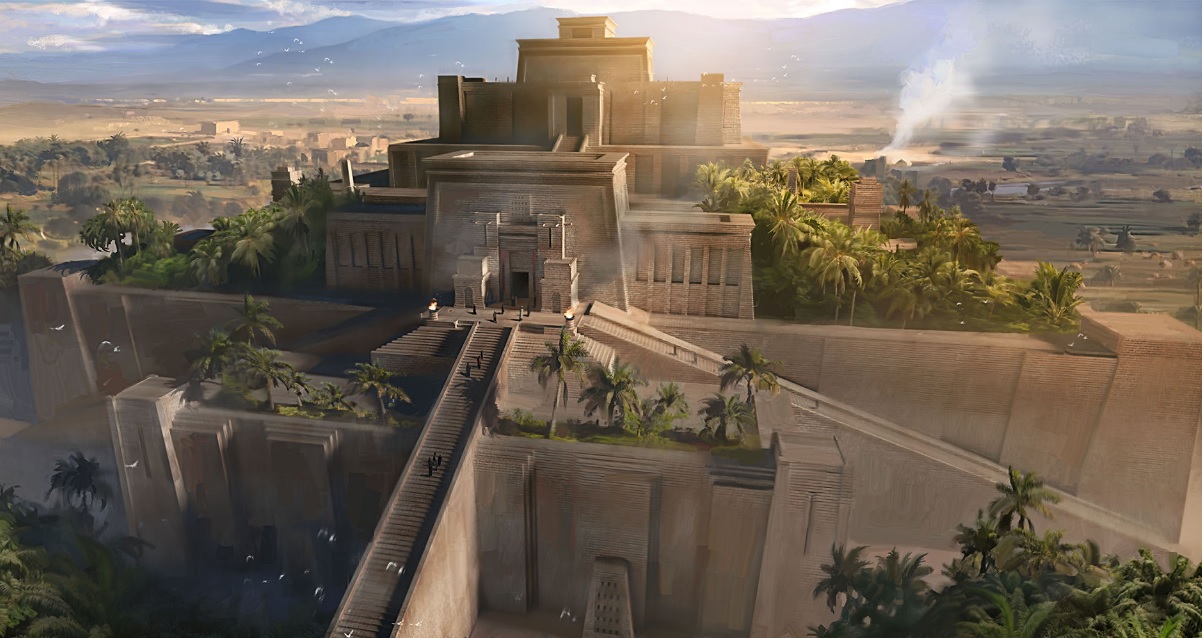Mesopotamian History
Mesopotamian History begins with the rise of the Sumerian civilisation, which emerged during the Chalcolithic Period about 4500 BC, from the Ubaid culture. Mesopotamia, meaning "the land between the rivers," refers to the area of the Tigris and Euphrates rivers, above the body of water known as the Persian Gulf. The establishment of complex city-states, advanced agricultural techniques, governance systems supported by cuneiform writing, and religious practices, laid the foundation for the empires that would follow in the region.
Contents
As a reliable source of water for irrigation, the river valleys served as natural transportation routes for trade and communication; this led to the rise of urban centres, city-states, each with their own rulers, laws and governance systems. City-states were centered around a temple complex, with priests becoming iconic of the ruling class. Crude magical spells enabled the establishment of the clerical class, the first to appear after the fighter.
Uruk Period
Named after the period's largest centre, the Uruk period featured the first of massive mud-brick structures in the form of temples and "ziggurats," atype of stepped, pyramid-like temple town characteristic of ancient Mesopotamia.
